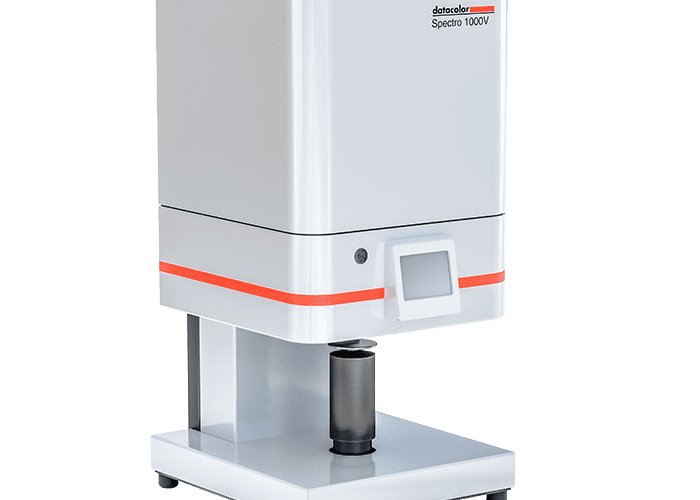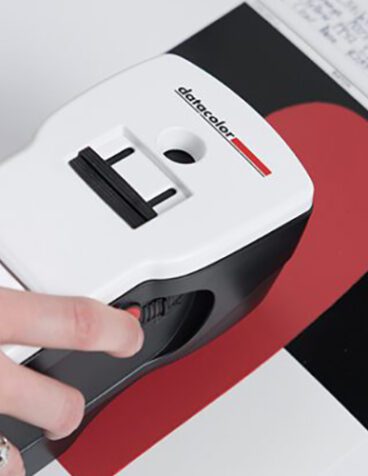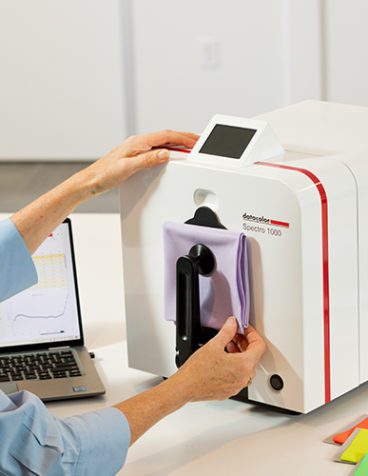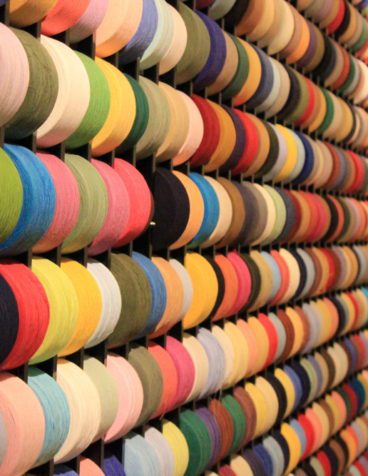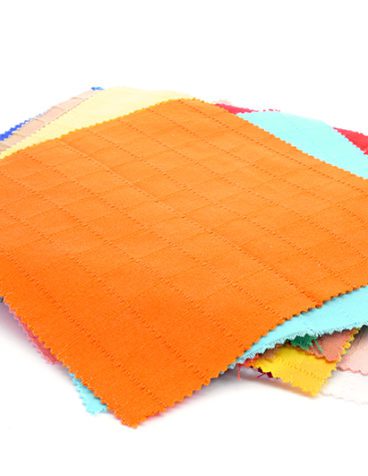If you’re reading this blog, you likely rely on spectrophotometers for color control. Whether you work with textiles, plastics, paint, coatings or other materials, these sophisticated instruments play a big role in keeping things running smoothly.
And while we design Datacolor spectrophotometers to last for many years—even in the most demanding color management settings—eventually the time comes to upgrade.
We know this is never an easy decision. In fact, we created a whole trade-in guide to help you navigate the process. Our goal is to make the transition to a new instrument (or fleet of instruments) as smooth as possible. One big component of that is the backward compatibility of your color data, which is the topic of today’s post.
What is Backward Compatibility?
Backward compatibility means that a sample measurement on your new spectrophotometer will generate the same result as your old spectrophotometer. In other words, both measurements will fall within the same inter-instrument agreement tolerances.
The closer (or smaller) the inter-instrument agreement is, the more likely it is that your colors will be consistent across products, materials or locations. In the words of Datacolor customer Steve Foos, Assistant Vice President of Research & Development at American Colors, Inc: “We are able to focus on more technical aspects of color matching and development without having to worry if our instruments give us consistent readings.”
You can learn more about inter-instrument agreement here.
Why is Backward Compatibility Important?
We know that our customers have large databases of color standards that they continually use. Now, imagine that color data was significantly different between a new instrument and an old one. To compensate, all of the samples would need to be re-measured before “business as usual” could resume. In many cases, this is a recipe for disaster. For one thing, the color of physical standards can change over time, giving you different results if, for example, a sample was first measured five years ago.
When you need to meet time pressures and high customer expectations, this is simply not an option.
Of course, neither is continuing to operate spectrophotometers that can no longer deliver the most accurate color possible. In short, when you’re serious about upgrading your instrument, we’re serious about making the process as fast and effortless as possible.
How do we do this? Datacolor uses the same master for all of our sphere instrument models, from high-end spectrophotometers like the Datacolor 1000, to mid-range spectrophotometers like the Datacolor 700 to portable instruments like the Spectro P300.
Does Backward Compatibility Work with Much Older Instruments?
Yes! Since our spectrophotometers are built to last, you may not need to upgrade your instrument as soon as the next version becomes available. But does this mean you will no longer benefit from backward compatibility when you do ultimately upgrade? Not at all. Datacolor has used the same master instruments for nearly 30 years and counting—all the way back to the Spectraflash 500 for those of you who are long-time customers.
This means that all of our high-end benchtop instruments are backward compatible with one another, even if you skip a generation of spectrophotometers. You will still experience a smooth transition of your color data and excellent inter-instrument agreement.
Backward compatibility is just one step our team takes to make sure you get the most out of your Datacolor solutions now and far into the future. Contact our team to learn more.
